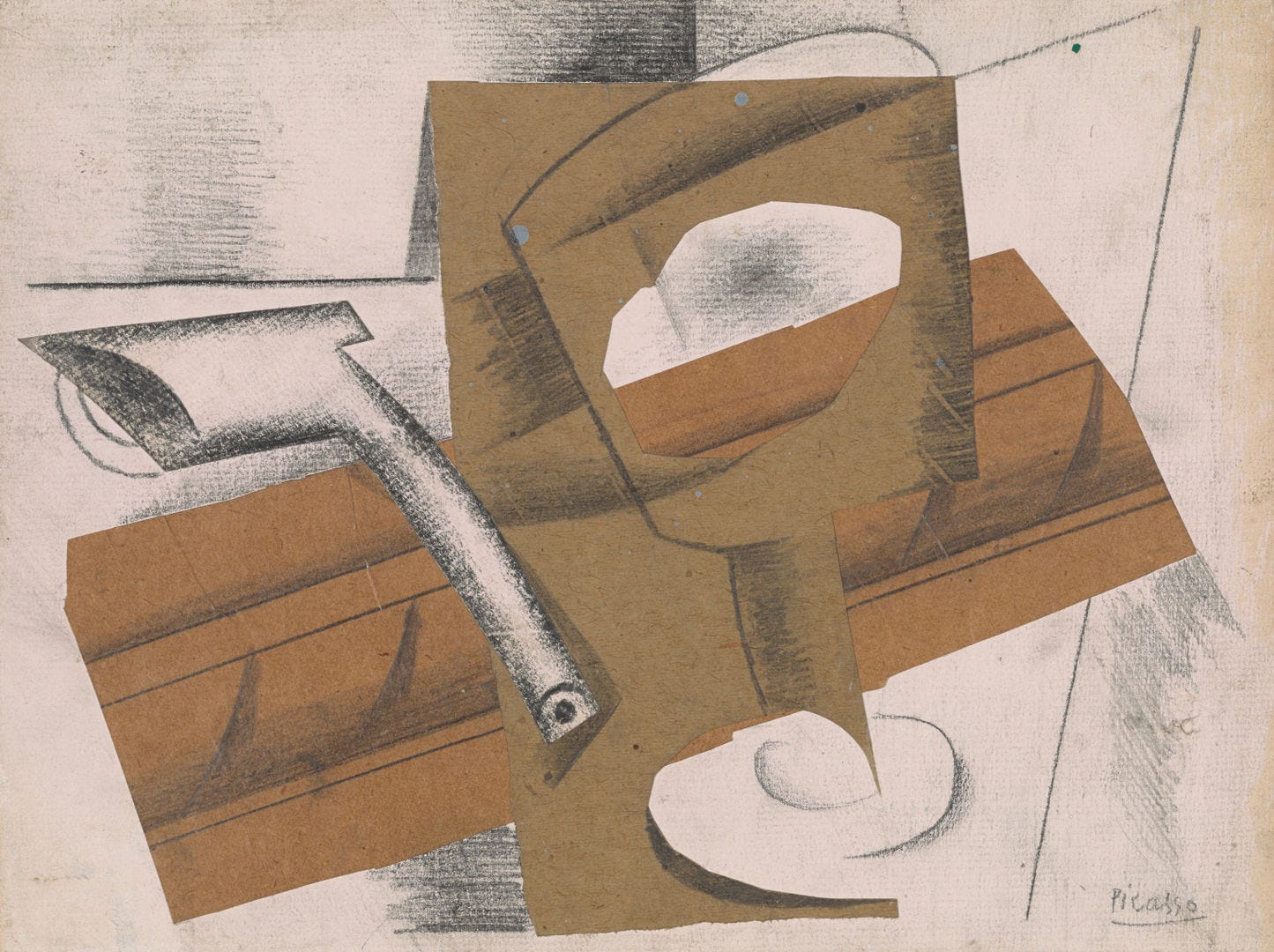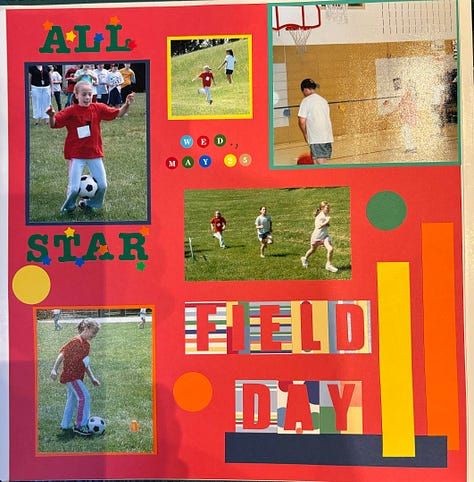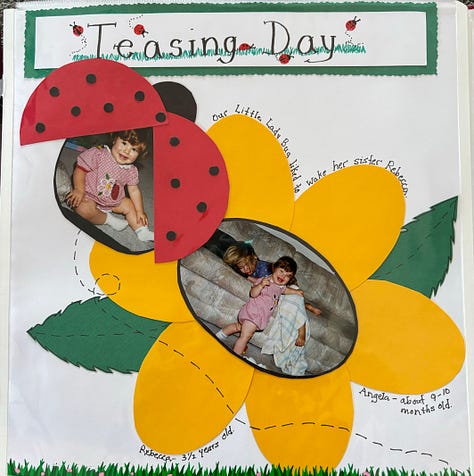Last week concluded our exploration of sashiko as both a practical craft & mending technique and a decorative, artistic form of aesthetic expression. This week begins five weeks of a deep dive into collage (that’s right, not everything has to be about clothes!).
I’m writing this letter a day after I spent a few hours with a dear friend poring over the exquisite garments included in the ‘Women Dressing Women’ exhibit at the Metropolitan Museum of Art. (For local to NYC readers - it’s the last week to catch the exhibit, and it’s certainly worth a visit!). The clothes were captivating, and so were the informational blurbs under each piece. We all know how patriarchy permeates our daily lives, but in an industry with a majority of women in the workforce, it’s tough to see statistics that prove men still control the business. The CFDA published a study called “The Glass Runway” which highlights that only 14% of the top 50 fashion houses in the world are run by female executives. I find it especially infuriating to see this inequity in the fashion world – where women overwhelmingly dominate the customer base, and women also make up over 80% of the global apparel production labor force. I mention this because society often places craft, or utilitarian making, at the lowest rung of both the artistic and business ladders. The condescension of craft comes from a societal de-valuing of activities that are traditionally considered women’s work. As a society, we don’t revere a cross-stitch sampler, or a quilt, or a scrapbook in the same way we do a marble sculpture, oil painting, or business venture. Craft is utilitarian by nature, but beautiful by design. However, though the beauty might occasionally be recognized, the historical value we’ve put on these items (ie; how much we’ll pay for them) is little to nothing compared to the artistic and business achievements of (mostly) men.
Collage is often considered a modern art form. Historical accounts generally credit Picasso and Braque with its inception, as they applied the technique in their contemporary Cubist works. They would often adhere newspaper and paper cuttings to add depth and interest to the composition. However, looking deeper, we see that while the Cubists may have applied the first fine art application of collage, it’s hardly the beginning of its history. Predictably, the story omits the more humble beginnings of collage as craft - in which women popularized the technique during the Victorian era to create homemade cards and scrapbooks.


My mother is a scrapbooker. Growing up, she kept meticulously created pages documenting all major events in mine and my sisters’ childhoods. We each have several thick, bursting scrapbooks telling the stories of our field trips, sports competitions, and holidays. And, to be clear, these books aren’t simply photo albums - each page forms a collage with photos, themed stickers, and meticulously punched paper cutouts. These scrapbooks hold history. In the same way that mending is an act to celebrate the well-worn story of a garment’s life, the collages my mom makes in these scrapbooks tell our stories. And that story isn’t just told through the photos, it’s the entire page of notes, images, and saved memorabilia that paints the full picture.



Looking at the oft-told history of collage as a fine art form erases the utility of the craft. It was born from a need for documentation - to commemorate occasions and preserve individual or community histories on a page. When I look back at these scrapbook pages my mom made years ago, I think about how much time and care was required to preserve these moments. If anything, these books are more valuable because of their utility. The stories, the love and tenderness, held in these pages makes them priceless.
TL;DR: From the historical origins of collage to the contemporary ramifications of gender bias, I explore how societal perceptions impact the recognition and appreciation of craft as a form of artistic expression.
References:
Some additional historical context for collage here
Statistics regarding men and women in the fashion industry
Statistics regarding women in the apparel production labor force





